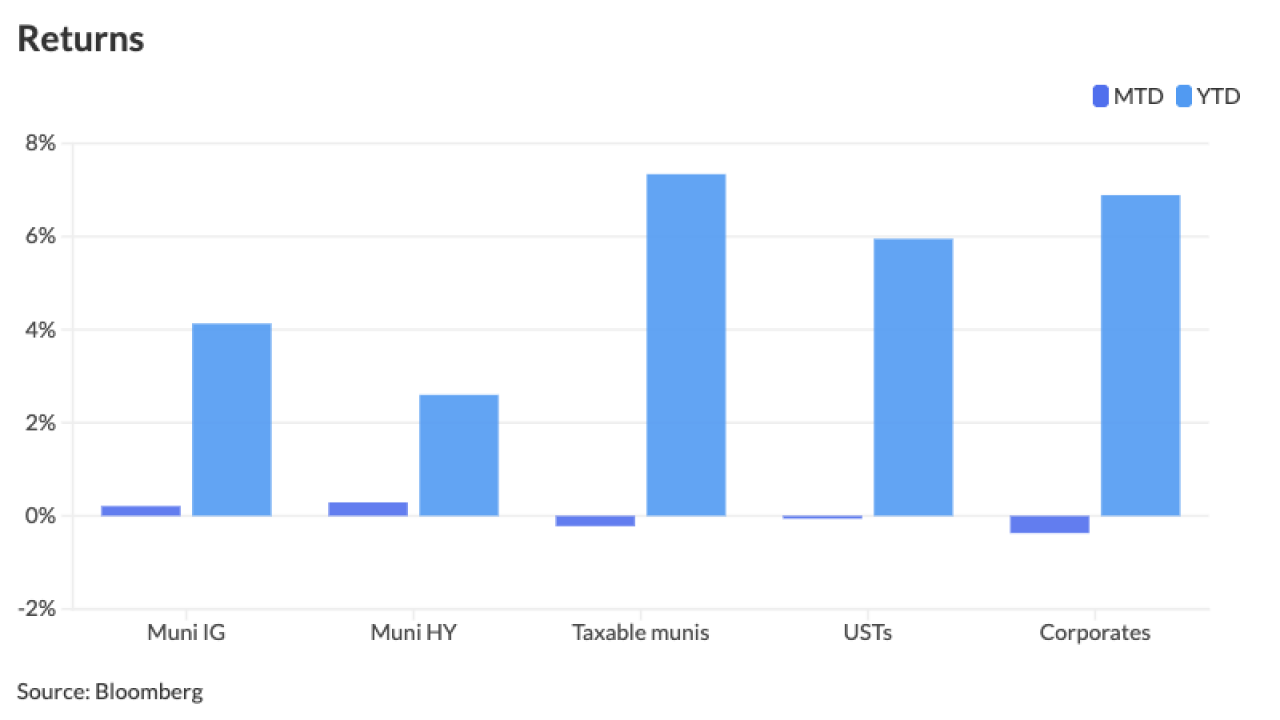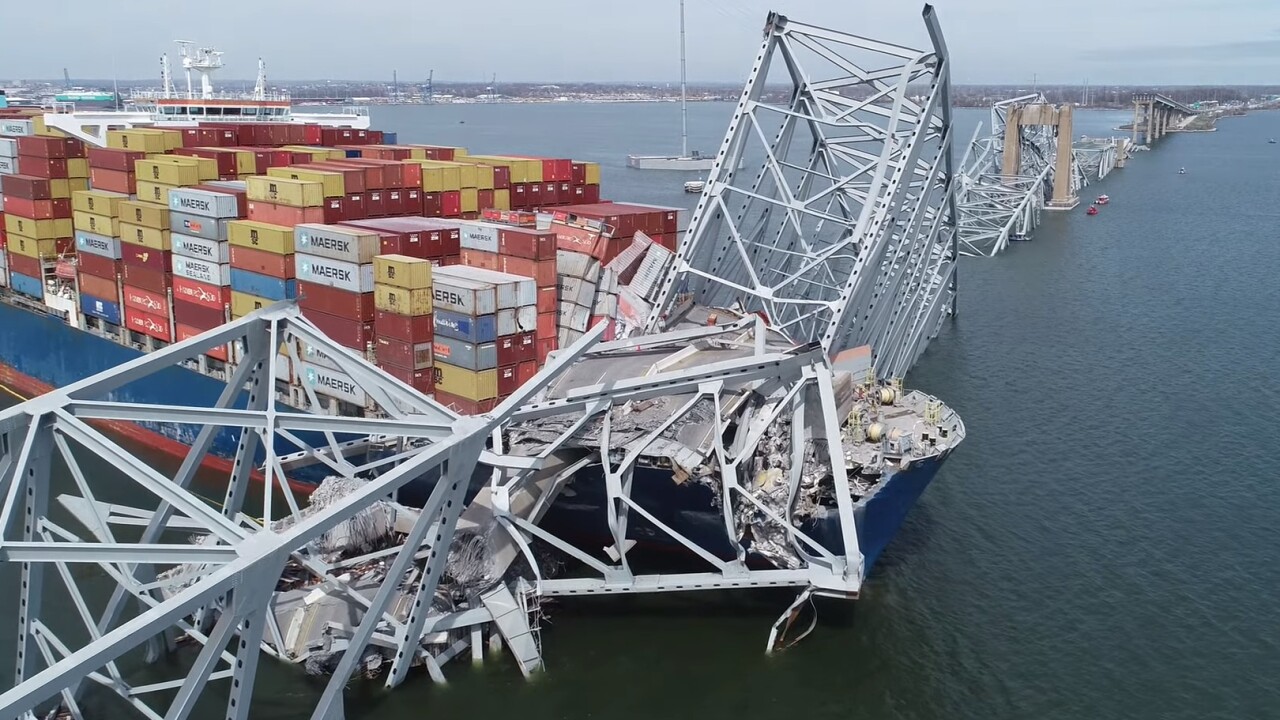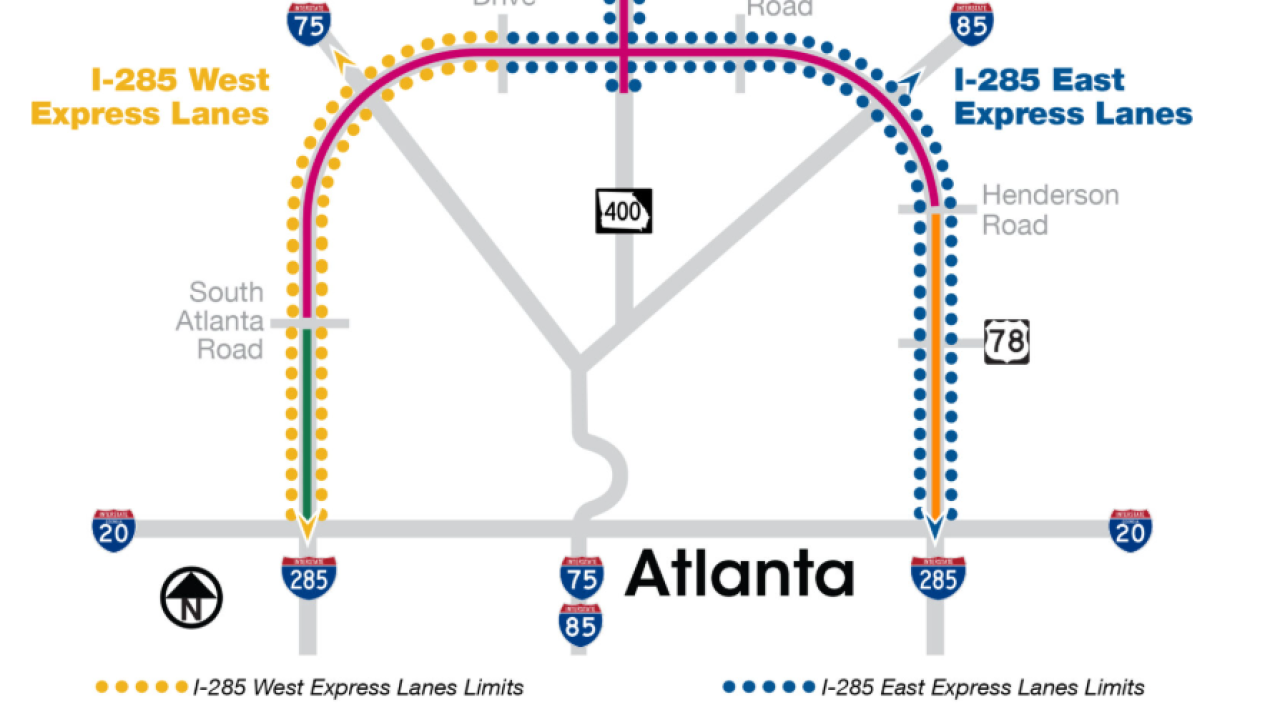When Federal Reserve Chair Jerome Powell describes the central bank’s approach to raising interest rates to tame inflation, he seems to return again and again to the same word: “expeditiously.”
But as the central bank is laser focused on fulfilling its mission to maintain price stability, it could risk running afoul of one of its implied duties: maintaining financial stability.
The Fed is ahead of its own anticipated rate hike schedule outlined in March, when it expected a rapid-fire string of 25-basis-point bumps. But in just four months, the central bank increased its interest rate benchmark by 1.25 percentage points, leading economists, policy experts and even a Reserve Bank president to worry about unintended consequences.

“If the tightening continues to be an upward surprise, which it has been, and it's happening in circumstances where the economy is weakening, then the restrictive effect of that financial condition tightening could be magnified,” said Derek Tang, co-founder and managing partner of the think tank Monetary Policy Analytics. “They're looking at the potential spillover to other markets, emanating out from the policy rate to Treasuries and then along the risk spectrum for things like corporate and sovereign debt.”
Last month, the Fed’s Federal Open Market Committee increased the federal funds rate by 0.75 of a percentage point, the sharpest hike since 1994. Between a strong
Fed. Governor Christopher Waller, Reserve Bank of Cleveland President Loretta Mester and Saint Louis Fed President James Bullard, all of whom are voting members on the FOMC, have endorsed a hike of 75 basis points during the July 26-27 meeting.
The FOMC has not raised interest rates by more than 50 basis points in consecutive meetings since the 1980s. Some economists worry the Fed’s accelerated tightening could disrupt financial markets and have broad ripple effects.
“There can be consequences of quickly tightening monetary policy,” said Komal Sri-Kumar, a senior fellow at the Milken Institute and owner of his own macroeconomic consulting firm. “There could be a credit event that causes the Fed to throw every other principle out the window to protect financial stability.”
The last time the Fed implemented a 75-basis-point increase — part of the push, under the leadership of then-Chair Alan Greenspan, to double the interest rate from 3% to 6% between 1994 and 1995 — there were global consequences, Sri-Kumar said. The rapid shift led to a massive selloff in the U.S. bond market in 1994 and likely contributed to sovereign debt crises in Mexico, Japan and Russia in the following years, he said.
The implications of the Asian and Russian crises reverberated back to the U.S. when the hedge fund Long-Term Capital Management, which was heavily exposed to sovereign debt and currency in the two regions, collapsed in 1998. The Fed brokered a deal between LTCM and 14 banks that year for a $3.6 billion recapitalization, effectively bailing out the hedge fund.
While such large-scale calamities take years to play out, Peter Earle, an economist at the American Institute for Economic Research, said other effects manifest more quickly. Sudden changes in interest rates can impact the ability of borrowers to service their debts or cause banks to alter their balance sheet to meet capital requirements.
Earle said quick rate increases could lead to investors pulling funds from certain sectors or businesses, either creating liquidity shortages or exacerbating them. He also noted that few in the financial sector have experience operating in a rising-rate environment.
“The likelihood of some form of financial instability is increasing,” Earle said. “Whether or not that's realized, I don't know, but I would also nod to the possibility a little bit because this is an area that people have not experienced. Last time we had rates rising at this rate I was 10 years old, not quite in a position to be able to make business decisions.”
As part of its mandate to safeguard financial stability, the Fed monitors a wide range of macroeconomic risks and bank’s preparedness to handle them. Its primary method for doing this is supervising banks to make sure they are sufficiently capitalized and appropriately leveraged. During public addresses, Powell and other officials have reiterated the strength of the U.S. economy, citing the red-hot labor market and low levels of household debt. Financial stability risks are not expressly factored into monetary policy decisions.
The Fed’s own policies are among the factors it examines when assessing financial stability. Its
Fed policy has risen in the ranks of top financial stability risks in recent months, according to Fed data analyzed by Monetary Policy Analytics. It climbed from the 12th- greatest concern during the second half of 2020 to the top concern last year, before being overtaken by Ukraine.
At least one FOMC voting member is waving a caution flag about the pace the committee has adopted. In a speech Monday, Kansas City Fed President Esther George said by moving too quickly, the Fed runs the risk of “oversteering” and adjusting its policies faster than the broader economy can adjust.
“This is already a historically swift pace of rate increases for households and businesses to adapt to, and more abrupt changes in interest rates could create strains, either in the economy or financial markets, that would undermine the Fed’s ability to deliver on the higher path of rates communicated,” she said.
George also noted that financial markets were already experiencing a high level of volatility and warned that the Fed could exacerbate that either by tightening monetary policy too quickly or having to reverse course should the economy slow too much.
“The economy is in unfamiliar territory, with a combination of high inflation and tight labor markets not witnessed in decades,” she said. “Therefore, markets are understandably volatile as they grapple with the many unknowns surrounding the outlook for the economy and the path of policy.”
Economists and policy specialists agree that sudden changes in policy erode the Fed’s credibility to give effective forward guidance, which is the central bank’s best tool against causing shocks with its policy adjustments.
A quick shift back to easing monetary policy would not run the same risks as continuous increases, Earle said, but it could set a dangerous precedent.
“It would send a really pernicious message to both political officials and media pundits that the Fed is this fireman that can raise and lower rates at will with no side effects,” he said. “It's something that's an unfortunate side effect of Fed activism over the last 20 years.”







